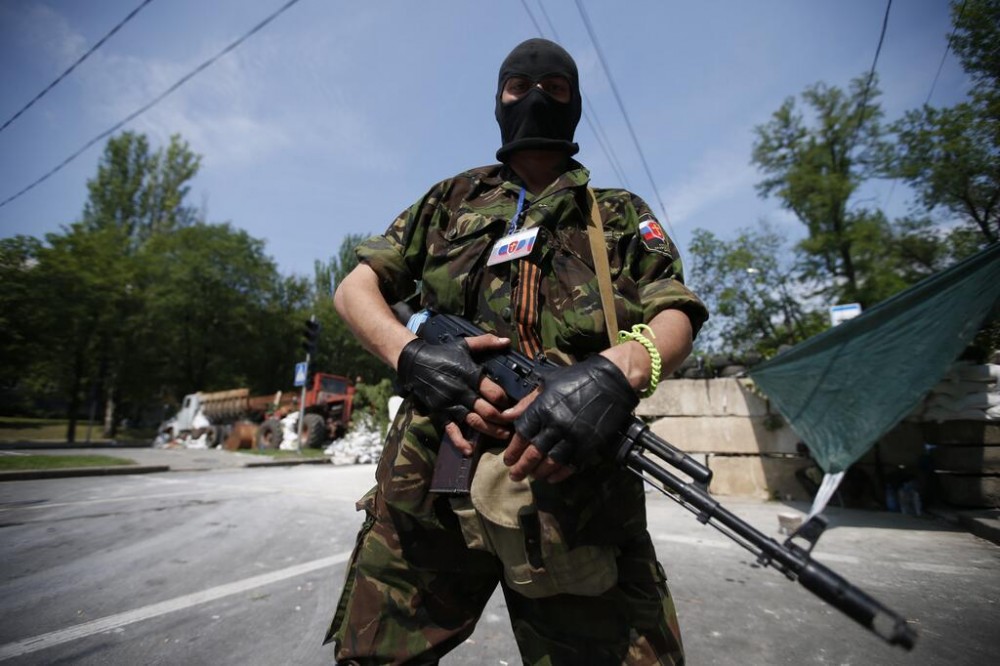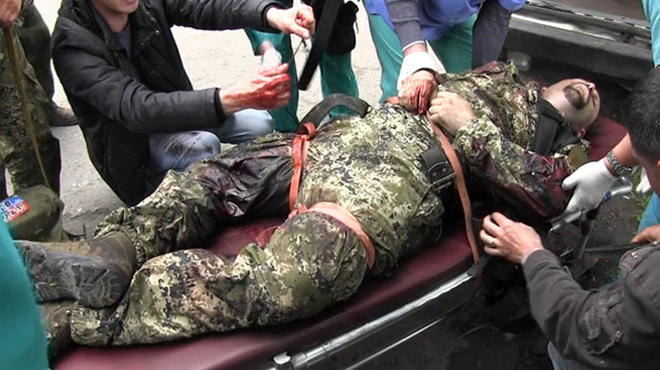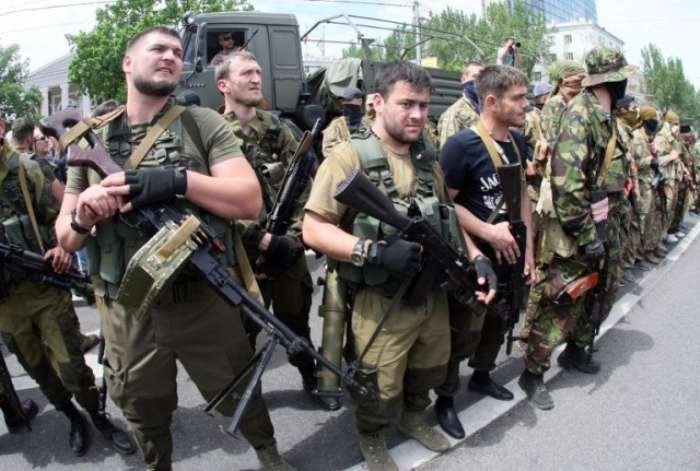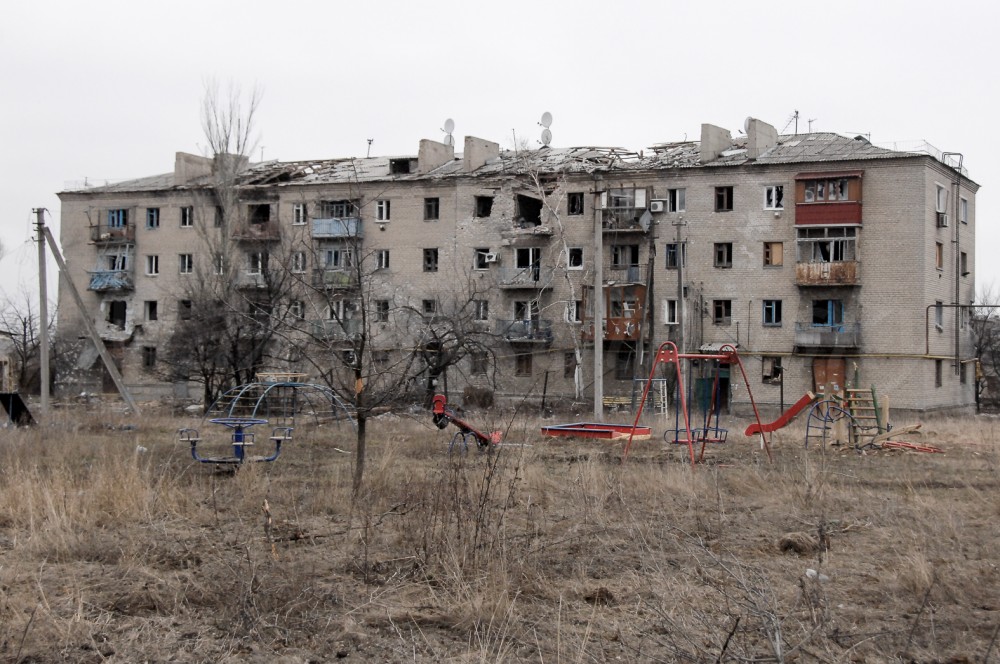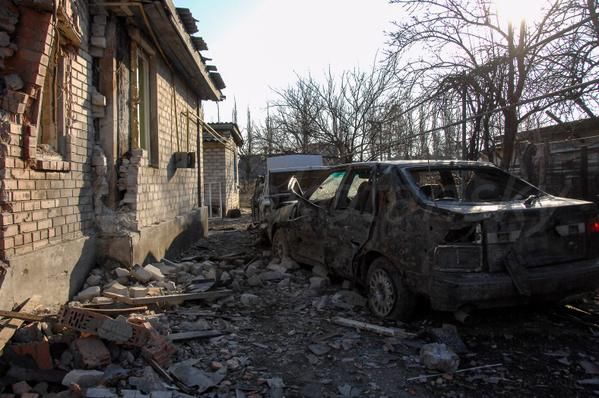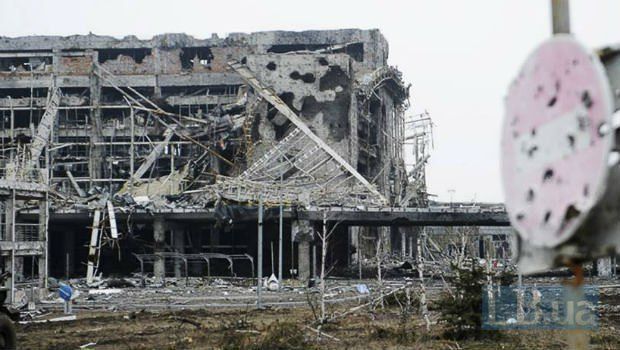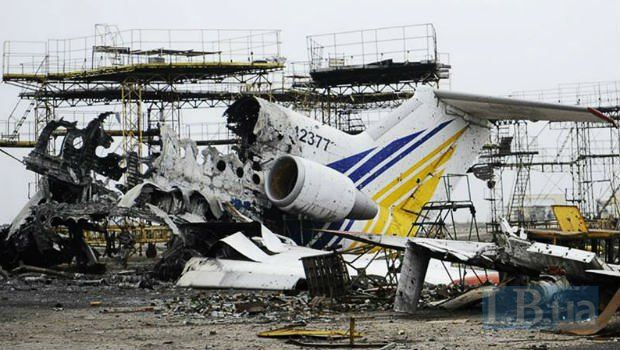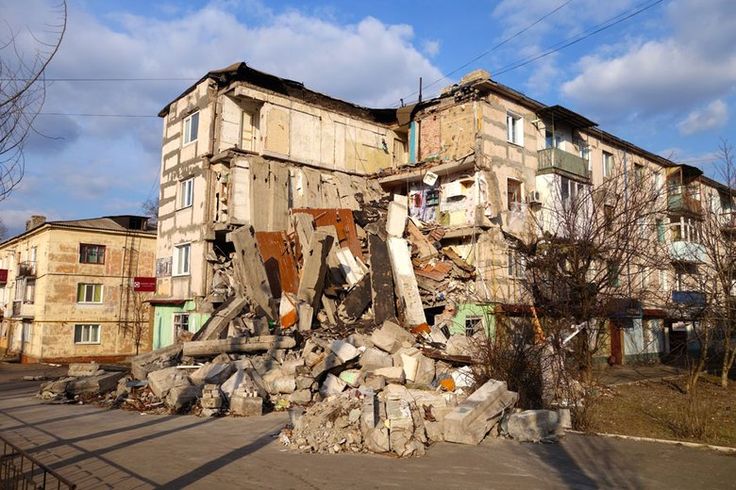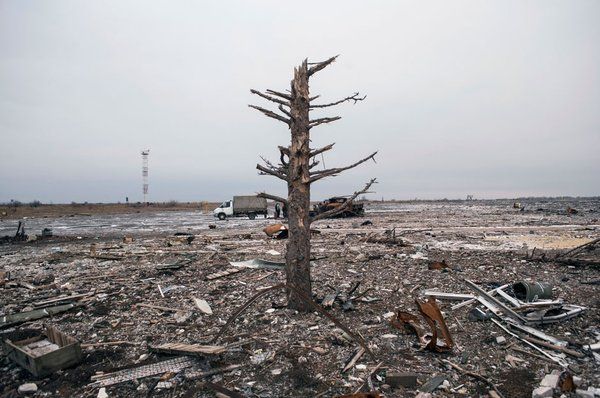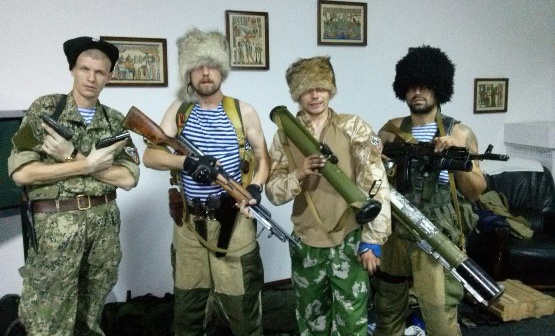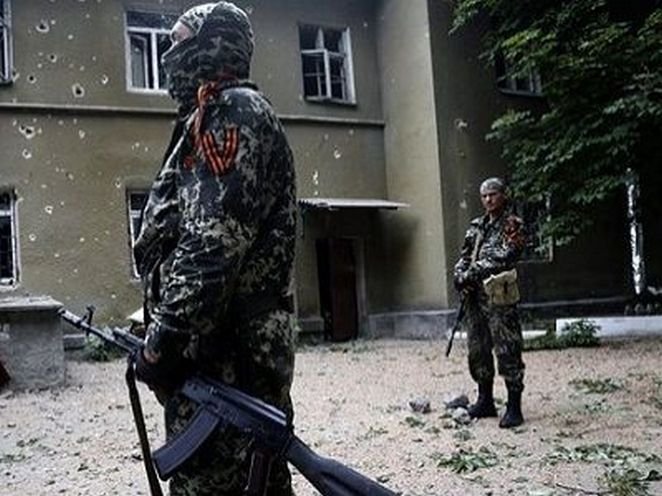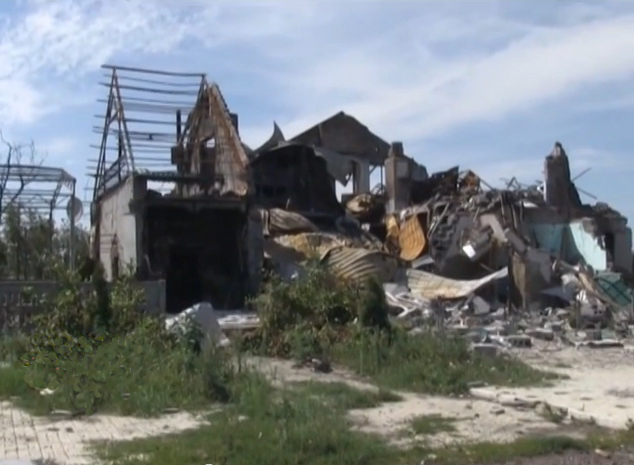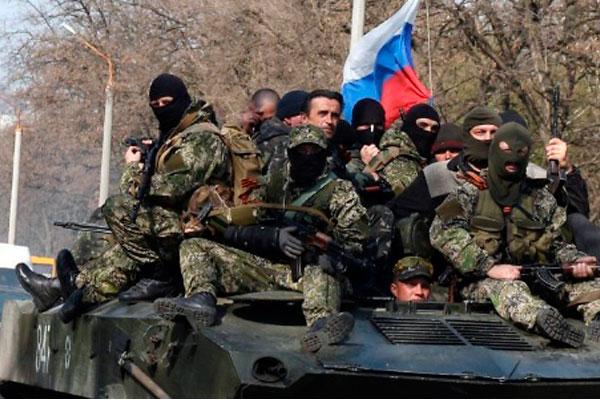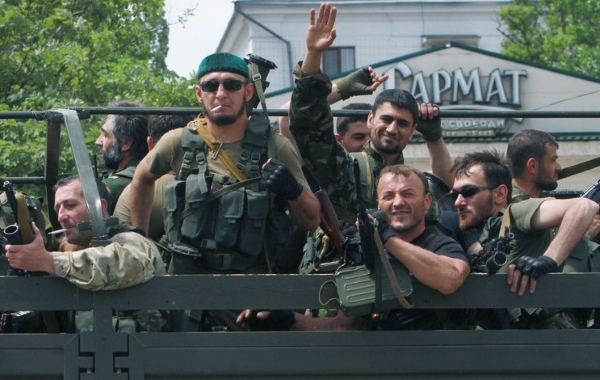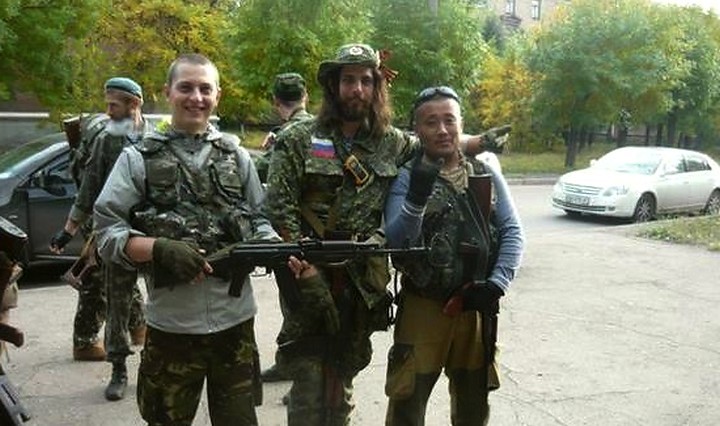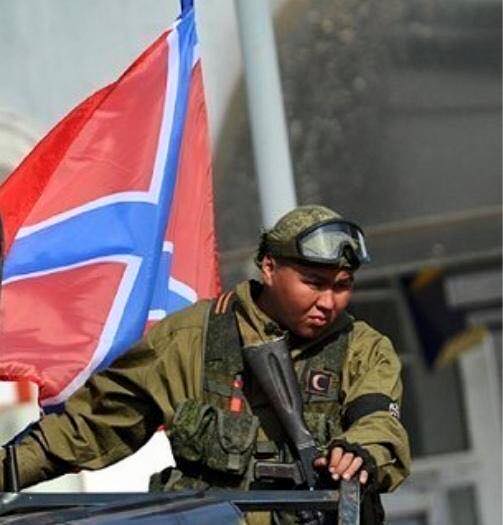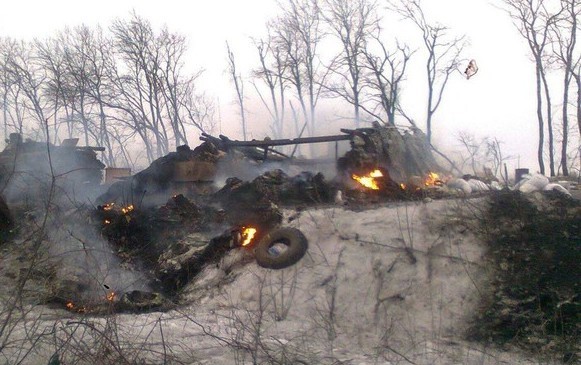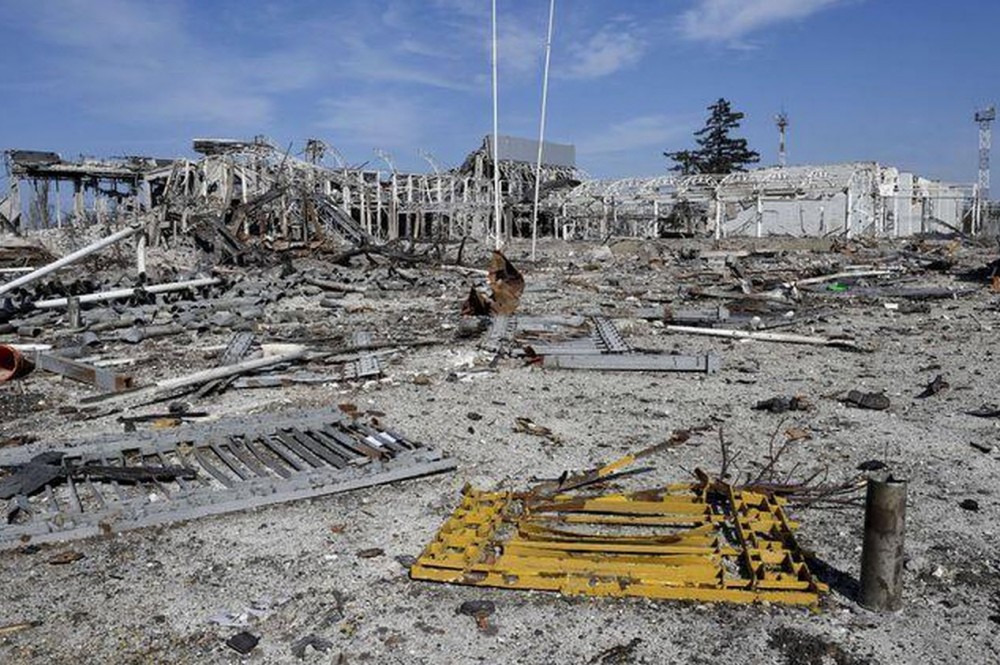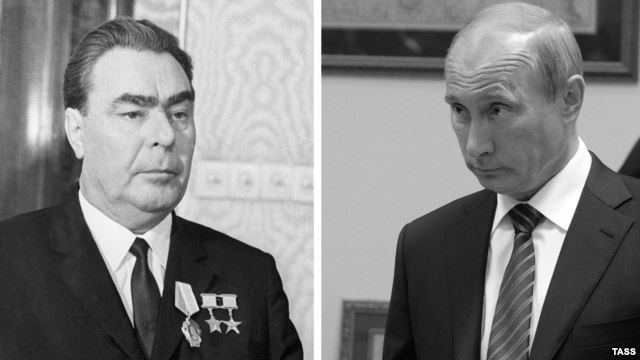Having launched a “hybrid” war giving it plausible deniability for many, Russia now has a “hybrid” army, a development that Moscow may not understand the full implications of and one that should give everyone pause, according to Russian commentator Arkady Babchenko.
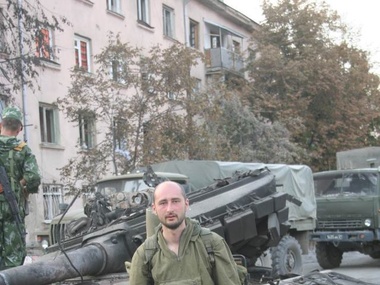
Babchenko notes that Moscow has insisted that between two-thirds and three-quarters of those fighting on the Russian side in Ukraine are local people, with the rest being Russian volunteers. Consequently, the Ukrainian conflict should be perceived by the world as “a civil war,” with “a certain people of the Donbas resisting colonization” by Kyiv.
All right, the analyst says, “let’s consider one aspect of this assertion, leaving aside all the rest,” including the fact that Russia has a troop concentration on the Ukrainian border comparable in size to the entire Ukrainian military, that units of that force have gone into Ukraine on occasion, and that they have fired from Russian territory unto Ukrainian land.

And “let’s leave in peace even Crimea,” about which there are really “no more questions” because what is involved there is “annexation and occupation of the purest kind.”
Instead, Babchenko says, “let’s consider a single argument: the existence of a certain mythical ‘people of the Donbas.’” Let’s even allow that “such an ethno-cultural group exists. Let’s not carp: there is a people of the Moscow region, there is a people of [the Moscow suburb of] Northern Butovo; there is a people of Kuusinen Street, and so there is a people of the Donbas.”
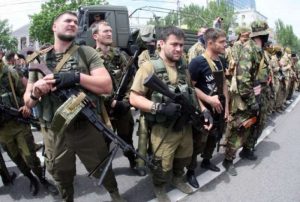
In that event and if we define “a people by its place of residence,” then there is no other possible conclusion except that “this is not a Ukrainian civil war.” Instead, “it is a Buryat-Ukrainian war, and also a Chechen-Ukrainian one, and also an Osetin-Ukrainian conflict; and yet again a Ekaterinburg-Ukrainian war.”
(Those who say that “the people of Ekaterinburg” are too few to count forget that the number of people fighting on Moscow’s side in the Donbas is much smaller than their total, he points out.)
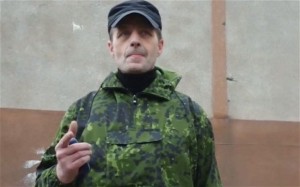
But if one comes to the obvious conclusion that the definition of the sides in the war according to “a mythical people or more precisely by the place of the recruiting of the combatants is not possible, then one is driven to the very simple conclusion: “Russia began this war. Russia occupied part of the territory of a neighboring country.”
Moreover, Babchenko continues, “Russia sent in diversionary groups and changed the local governments. Russia formed the new institutions of power. Russia supplied arms.” Russia even provided uniforms and badges. Indeed, he writes, “having adopted the strategy of hybrid wars as its main principle, Russia itself has in effect transformed its own army into a hybrid one as well."
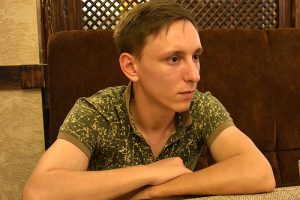
“The Donetsk 'militia' is thus part of the hybrid Russian army which is distinguished from all the other parts of [Russia’s] hybrid army only by the fact that it is recruited on the territory of the Donbas,” something which has “exactly the same significance as if it were recruited in Buryatia or [city of] Kamyshlov or South Osetia [provinces of the Russian Federation -- Ed.].”
That is, precisely, “nothing” because the militants recruited by Russia on the territory of Ukraine’s Donetsk and Luhansk oblasts are “UNITS OF THE RUSSIAN ARMY.” And consequently, just as the recruiting of Russian soldiers in Buryatia doesn’t make this war a Buryat-Ukrainian one, so too, recruiting them in the Donbas doesn’t make it a Ukrainian civil war.
Consequently, Babchenko concludes, what is taking place, even if some won’t admit it, is nothing other than “a Russian-Ukrainian war. Period.”

